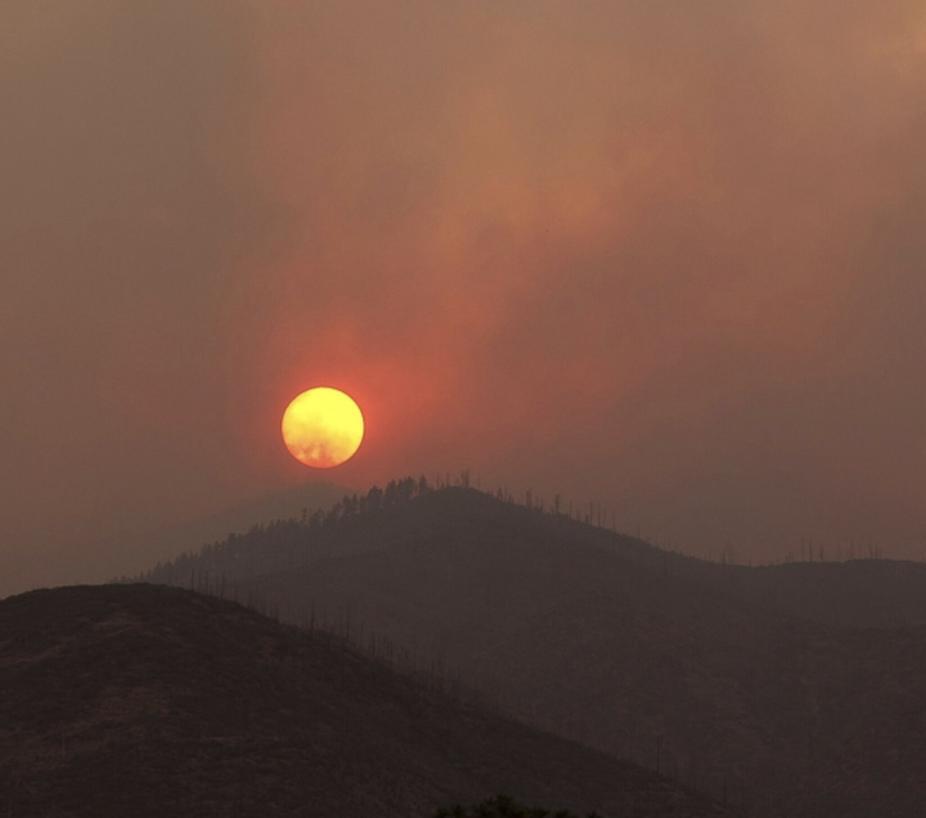
Earth is Farthest from the Sun Today
As we go about our daily lives, it’s easy to forget about the vastness of our universe and the intricate dance that our planet performs around the Sun. But today, we have a unique opportunity to appreciate the majesty of our celestial neighborhood. Today, Earth is farthest from the Sun, a phenomenon known as Aphelion. This event occurs because the Earth’s orbit is not a perfect circle, but an elliptical shape.
Aphelion is a significant milestone in the Earth’s journey around the Sun, marking the point at which our planet is at its greatest distance from our star. According to NASA, during Aphelion, Earth is located nearly 152.1 million kilometers (94.5 million miles) away from the Sun. This is about 5 million kilometers (3.1 million miles) farther away than its closest point, known as Perihelion, which occurs in January.
The elliptical shape of the Earth’s orbit is due to the gravitational pull of the other planets in our solar system. The combined gravitational force of the planets causes the Earth’s orbit to deviate from a perfect circle, resulting in a slightly elliptical shape. This means that the distance between the Earth and the Sun varies throughout the year, with Aphelion being the farthest point.
But why does the shape of the Earth’s orbit matter? The difference in distance between Aphelion and Perihelion may seem small, but it has a significant impact on the amount of energy the Earth receives from the Sun. At Aphelion, the Earth receives about 7% less solar energy than it does at Perihelion. This may not seem like a lot, but it can have a noticeable effect on global temperatures and weather patterns.
In fact, research has shown that the difference in solar energy received by the Earth at Aphelion and Perihelion can have a significant impact on global climate patterns. For example, a study published in the Journal of Geophysical Research found that the reduced solar energy at Aphelion can lead to a slight cooling of the atmosphere, which can in turn affect the formation of low-pressure systems and the distribution of precipitation.
So, what does this mean for us? Well, in the grand scheme of things, the difference in distance between Aphelion and Perihelion is relatively small. However, it’s a reminder of the intricate and complex relationship between our planet and the Sun. It’s also a reminder of the importance of understanding the Earth’s orbit and its impact on our climate and weather patterns.
As we mark this special day, it’s worth taking a moment to appreciate the beauty and complexity of our universe. The fact that the Earth’s orbit is elliptical, and that we experience Aphelion and Perihelion each year, is a testament to the incredible precision and harmony of the celestial ballet.
So, the next time you look up at the sky, remember that the Earth is farthest from the Sun today, and that our planet is on a journey that is both majestic and awe-inspiring.






